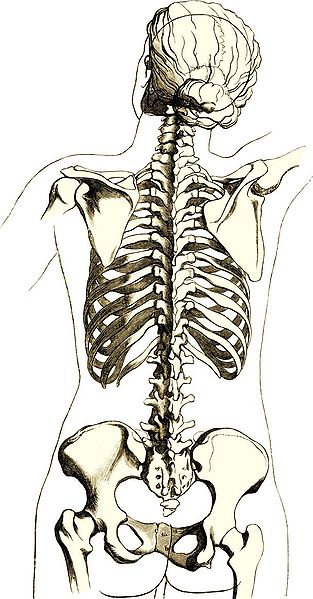Weizmann Institute scientists have discovered how the tendons affect the shape of the bones during embryonic development

"Our skeleton, with its bones, joints and the muscles that connect them, serves us in our day-to-day life in such a good and smooth way that we do not notice that it is actually an extraordinary, complex and adaptive system," says Dr. Elazar Seltzer from the Department of Molecular Genetics at the Weizmann Institute of Science . "Previous studies were indeed able to reveal the mechanisms that are responsible for the development and growth of each of its components, but the unique interrelationships between the bones, muscles and tendons, which drive the organization of this system, are not fully understood."
Dr. Seltzer, together with research student Einat Blitz, laboratory technician Sergey Vyukov and other colleagues, sought to reveal the molecular mechanisms that regulate the formation of special structures resembling protrusions on the surface of the bone. These protrusions are stable anchoring points for the tendons - which connect the muscles to the bones - and which allow the skeleton to deal with the strong mechanical pressure exerted by the muscles on it.
The scientists used the skeletons of mouse embryos to study the formation of a particular bump of this type connected to the deltoid muscle (deltoid tuberosity), which is located on the humerus. They discovered that its development is not controlled by the bone in which it is formed, but by the tendons and muscles, in a two-step process: the interactions between the tendon and the muscle cause the tendon cells to create a certain protein called "scleraxis", which controls the creation of a protein Other – BMP4. This protein induces the first steps in the formation of the bulge and supervises them. To prove this, the scientists blocked the production of BMP4 in the tendon cells, and showed that this prevented the formation of the bulge. In the second stage, the muscle activity directly affects the continued creation of the bulge structure and its final shape.
These findings show that the tendons are essential for driving the formation process of secondary structures ("auxiliary structures") that stand out from the surface of the bone. Dr. Seltzer: "These findings provide us with a new point of view on the control of the processes of creating the skeleton through the bone and muscle systems, and shed light on unique mechanisms that underlie the organization of these systems."
